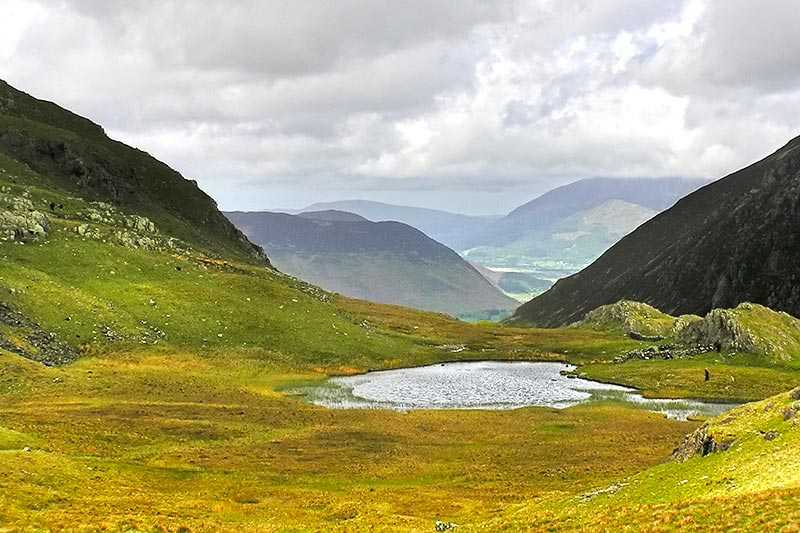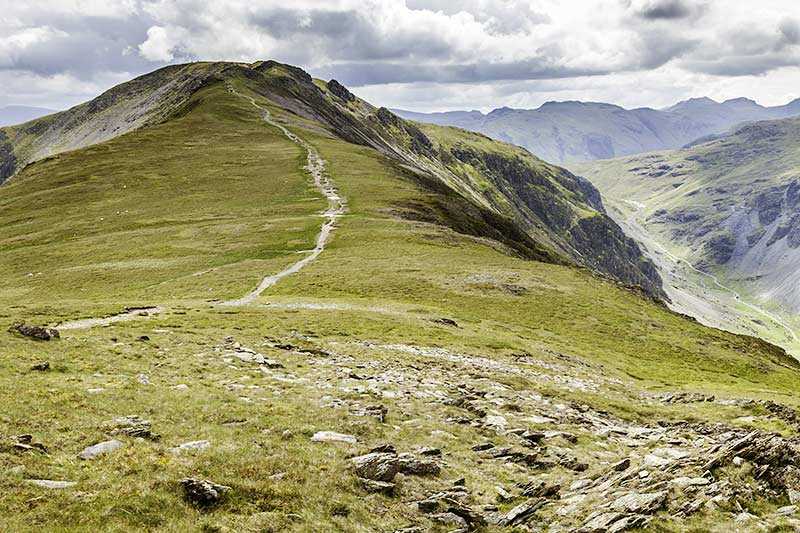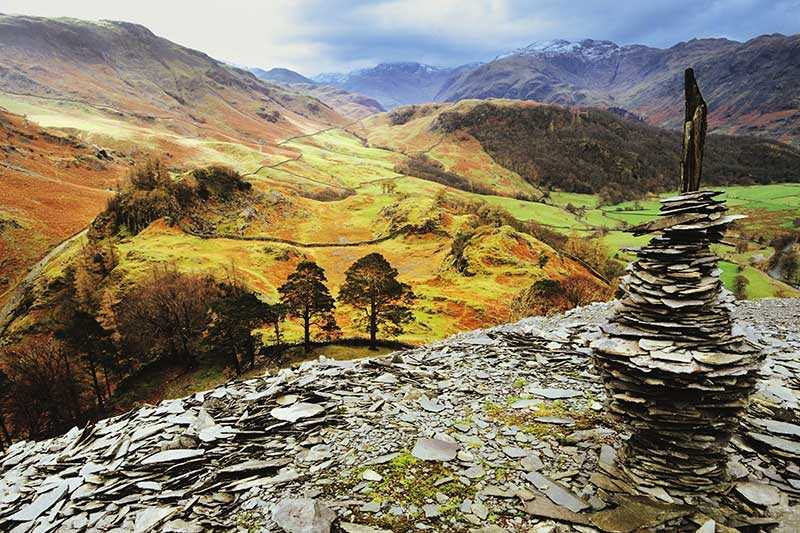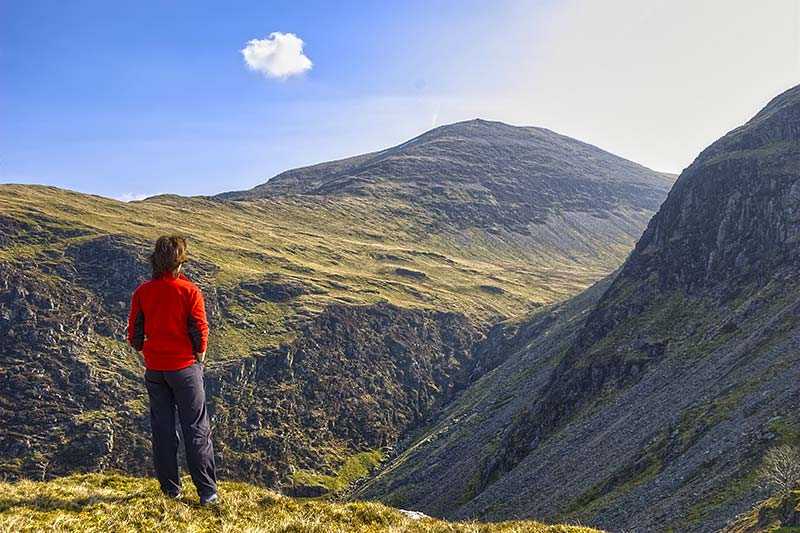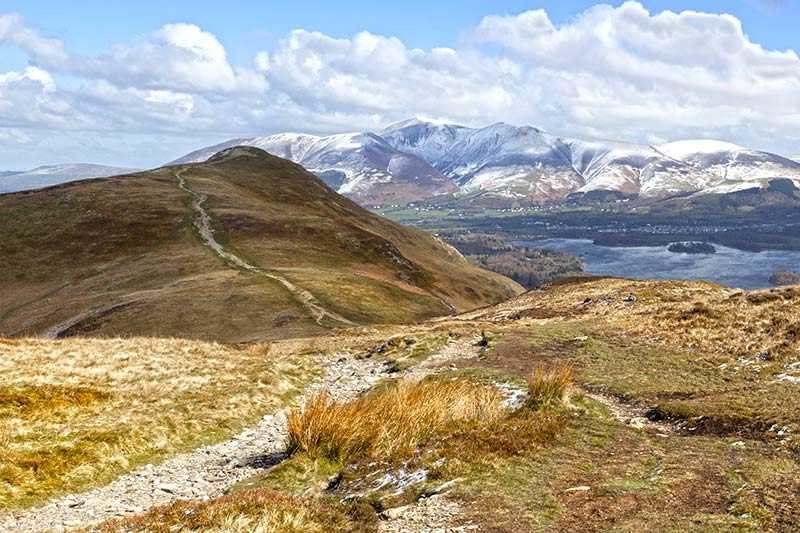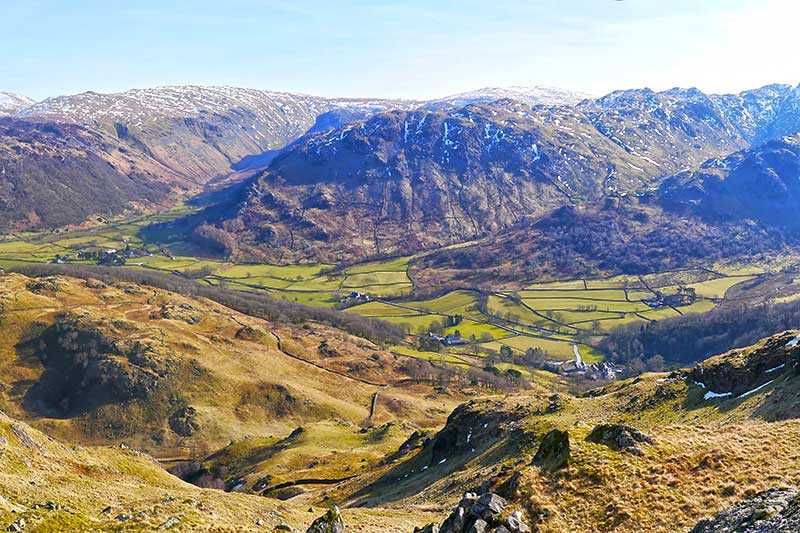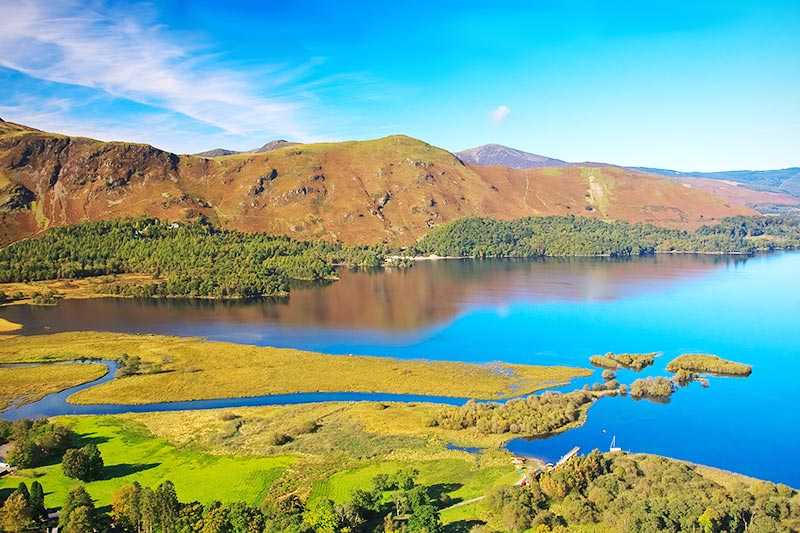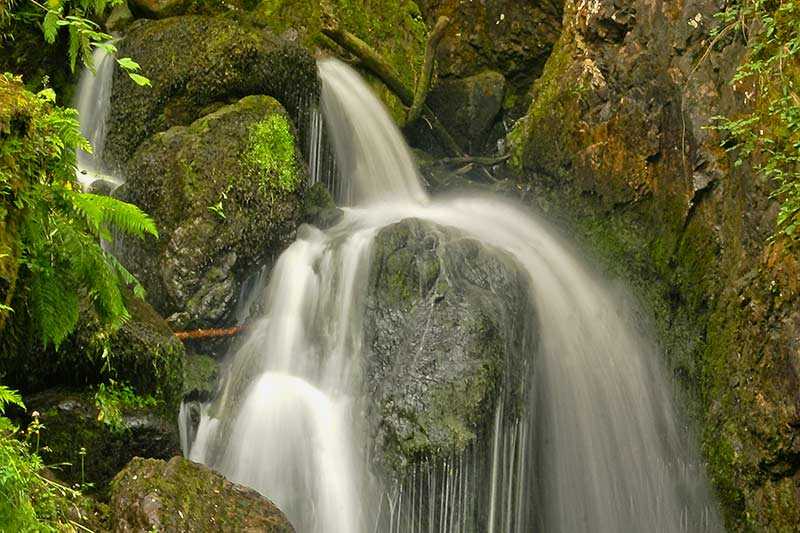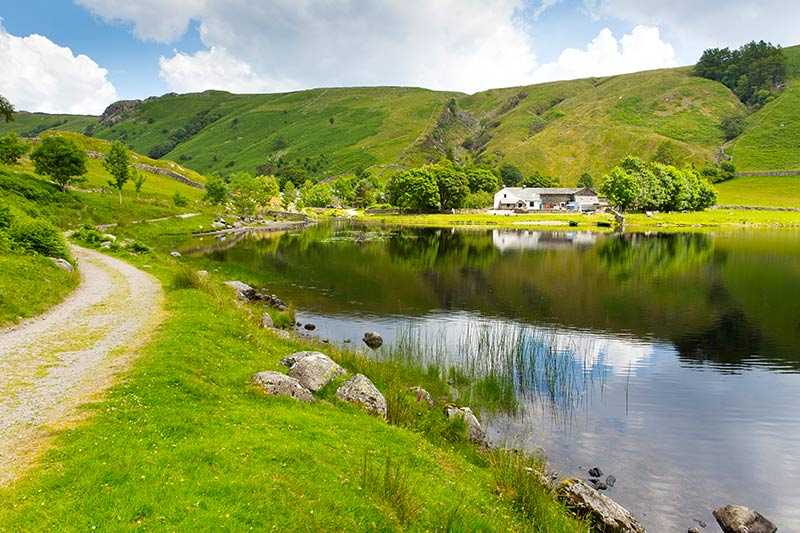High Spy
About High Spy
High Spy is part of a long ridge that runs from Catbells up to Dale Head. Its elevation is 653 m (2,142 ft) and its prominence is around 148 m (485 ft). Its parent peak is D...
About High Spy
High Spy is part of a long ridge that runs from Catbells up to Dale Head. Its elevation is 653 m (2,142 ft) and its prominence is around 148 m (485 ft). Its parent peak is Dale Head and it is listed as a Wainwright, a Hewitt and a Nuttall. The ridge on which it stands separates the Newlands Valley from Borrowdale and is fairly broad, but the flanks fall away steeply belo...
Attractions near High Spy
Activities
About High Spy
About High Spy
High Spy is part of a long ridge that runs from Catbells up to Dale Head. Its elevation is 653 m (2,142 ft) and its prominence is around 148 m (485 ft). Its parent peak is Dale Head and it is listed as a Wainwright, a Hewitt and a Nuttall. The ridge on which it stands separates the Newlands Valley from Borrowdale and is fairly broad, but the flanks fall away steeply below, particularly on the Newlands side of the fell.
The summit bears a tall, well-crafted cairn. There is also a subsidiary top, High Spy North Top, around a kilometre to the north of the main summit. With an elevation of 634 m (2,080 ft), this is classed as a Nuttall in its own right and offers good views down to Derwentwater.
Climbing High Spy
Despite the appearance of the sheer crags on the Newlands and Borrowdale sides, there is a direct ascent from Rosthwaite in Borrowdale, where a path climbs through the former Rigg Head Quarries to the col that links High Spy to Dale Head. From here, walk up the southern ridge to the summit, passing an unnamed tarn.
However, High Spy is rarely climbed in isolation and is more likely to be summited while en route to the higher Dale Head nearby. It is also often ascended as part of the Newlands Horseshoe ridge walk, a long day’s hiking which takes in the six summits of Catsbells, Maiden Moor, High Spy, Dale Head, Hindscarth and Robinson.
The crags on the Newlands side of the fell, named Eel Crags, are especially popular with rock climbers as the quality of the rock is considered to be very good.
